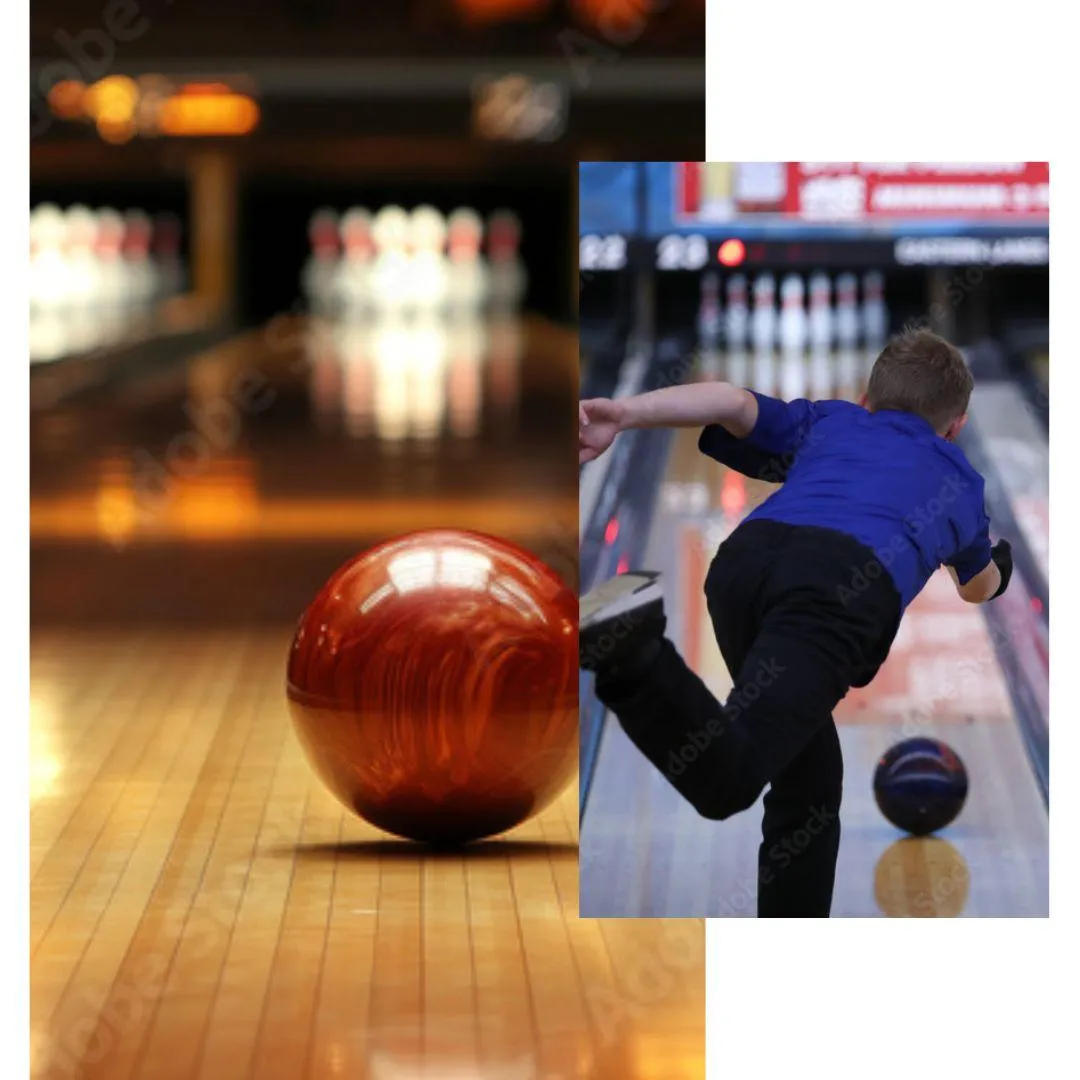
Rolling Resilience: Overcoming Injuries to Keep Striking
Bowling is a beloved sport enjoyed by people of all ages and backgrounds, whether as a leisurely activity with friends or as a competitive pursuit in leagues and tournaments held statewide. Despite its friendly, social atmosphere, bowling involves repetitive motions and physical demands that can lead to a range of injuries. Coaches, players, and fans alike recognize that behind the smiles at the lanes lies a discipline of hard work and recovery. Several professional bowlers and dedicated amateurs have learned firsthand the value of a comprehensive rehabilitation program and proactive injury prevention strategies to maintain peak performance and long-lasting participation.
In many cases, bowlers encounter injuries such as wrist tendonitis, shoulder strains, lower back pain, and knee discomfort. The very motions that give the sport its elegance and precision—the powerful approach, smooth release, and controlled follow-through—can, when repeated frequently without adequate care, create wear and tear on muscles, tendons, and joints. One seasoned bowler in his early 50s, for instance, found that years of competitive play had led to persistent lower back pain and stiffness. His journey of recovery began with a detailed assessment by a sports physiotherapist who identified imbalances in his core strength and flexibility. He then embarked on a tailored rehabilitation schedule that involved two one-hour hands-on sports therapy (handsonsports.com) sessions per week. During these sessions, his therapist used manual techniques such as myofascial release and targeted stretching to alleviate tension in his lumbar region. Complementing these treatments, he performed home exercises—including planks, bridges, and controlled squats—designed to strengthen his core and support his spine. Over time, these consistent efforts allowed him to return to the lanes with renewed vigor and reduced pain.
Another inspiring recovery story involves a competitive female bowler in her mid-30s who developed severe wrist pain that threatened her ability to play. The repetitive gripping and releasing of a heavy bowling ball had caused inflammation and discomfort in her wrist tendons. After experiencing a decline in performance and an increase in pain, she sought professional help. Under the care of a dedicated sports therapy team, she was placed on a rehabilitation program that included two weekly sessions of hands-on manual therapy. Her treatment focused on gentle massage, stretching, and specific wrist-strengthening exercises to promote healing. Additionally, she was advised to incorporate a series of daily at-home exercises, such as wrist curls and forearm rotations, to maintain muscle balance and improve flexibility. Adjustments to her technique and recommendations to use a ball that better matched her strength levels further accelerated her recovery, ultimately enabling her to resume league play with enhanced stability and confidence.
Across the board, the strategy for recovery in bowling emphasizes the importance of a structured, multi-faceted approach. Regular physiotherapy sessions are often complemented by guided home exercise programs. Bowlers are encouraged to schedule their therapy sessions two to three times per week in the early phases of recovery, gradually reducing frequency as their strength and mobility improve. In these sessions, sports therapists not only address the immediate pain but also educate players on proper technique and injury prevention. For example, proper warm-up routines that include dynamic stretches for the shoulders, wrists, and core are stressed as critical in reducing the risk of injury before each game or practice session.
Nutrition also plays a vital role in the recovery and prevention of injuries. A well-balanced diet is essential for supporting muscle repair and reducing inflammation. Many bowlers are advised to consume lean proteins, whole grains, and a variety of fruits and vegetables to provide the necessary vitamins and minerals that aid in healing. Hydration is another key element; staying properly hydrated before, during, and after play not only supports overall health but also helps to maintain muscle function and prevent cramps. Some athletes even incorporate anti-inflammatory foods such as omega-3-rich fish and leafy greens into their diets to further reduce recovery times.
In addition to physical rehabilitation and nutritional strategies, mental resilience is recognized as a cornerstone of long-term success in bowling. Recovery from an injury is not solely a physical process; it involves overcoming the psychological hurdles of pain and the fear of reinjury. Coaches and therapists work together to create supportive environments where athletes can rebuild their confidence through gradual reintroduction to the sport. By combining hands-on sports therapy with a disciplined exercise regimen and proper nutrition, bowlers are able to not only recover from injuries but also enhance their overall performance and prolong their careers.
The journey of recovery in bowling is a testament to the sport’s demanding nature and the resilience of its players. With every session at the therapy table and every home exercise performed with dedication, bowlers learn to manage pain, rebuild strength, and ultimately achieve a healthier, more balanced game. Their stories of overcoming injury serve as a source of inspiration for others in the bowling community, reinforcing the belief that with the right support and a proactive approach, one can continue to enjoy the sport they love while staying injury-free.
#BowlingRecovery #SportsTherapy #InjuryPrevention #BowlingLife #Resilience #AthleteWellness #HandsonSports #HandsonSportsTherapy
Websites:
https://academyorthopedic.com
https://elmtreewellness.com
https://www.fei.org
https://www.niams.nih.gov
https://physioworks.com.au